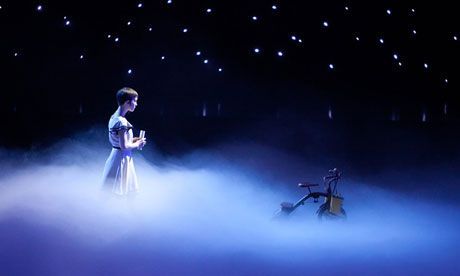If you’ve ever left a job due to burnout, the last thing you want is to repeat the cycle of exhaustion and overwhelm. Whether you dive into a job search or join millions of new, hopeful entrepreneurs, you must do things differently.
Where to start?
Let’s take a moment to acknowledge an uncomfortable, yet freeing, fact. Burnout is not something done to us. We’re not its victims. We burn ourselves up from the inside out.
That’s good news! Because otherwise, we’re powerless. And we’ll miss the gift.
Beliefs Become Limitations
Like auto-pay, burnout is a repeated withdrawal from your energetic bank account. Every month, the charge appears, until you take charge.
One way to break free is to watch for beliefs lying just beneath your awareness. Thoughts that drive you without your conscious consent wreak havoc.
Consider a popular societal belief that the single most important value in life is measureable outer achievement. Prove that you’re existence-worthy through tangible results. Get a college degree, gain employment, manifest a family, or become famous, and you have value. In other words, you have to do something in order to be somebody.
What a powerful limitation on the value of an individual! What if the fact of your existence itself makes you worthy? Maybe you contribute to the world through your bright beingness or your quality of compassionate attention. Claiming your intrinsic value first may be what allows you to do great things.
A Hidden Gift Story
A client I’ll call Janice (not her real name) left a high-pressure job in academia when demands got unbearable. She’d burned out. Janice left without a plan, but knew her health had to come first.
Months later, she brought a push/collapse work habit with her into a new venture. Pushing through 10-12 hour days, she’d collapse right after dinner. Janice overwhelmed and depleted herself, again. How could this be when she was finally focused on work she loved?
Janice’s daily rhythm wasn’t honoring her top priority of vibrant health. This time, her excitement drove her too fast and hard. Adrenal exhaustion, insomnia, mental obsession, and hormone imbalances signaled a constant fight-or-flight pattern.
Janice addressed the long-term physical effects of burnout. Meanwhile, she replaced the old push/collapse rhythm with a steady, slower burning pace. We worked on micro-practices—small actions that built a solid support structure for her business’s foundation. Now, her dream is growing at a steady, sustainable rate while her health remains strong.
The gift of repeated burnout taught Janice how to balance her life in alignment with her primary values. She gained a new appreciation for the building blocks of successful structure.
Burnout’s Hidden Gift
Accepting shadowy beliefs is one way we forget who we are, drive ourselves to distraction, and burn ourselves up. We want to know we matter. So, we’ll push to keep pace with the world’s chaos rather than slow to our own natural cadence. If we fall asleep to burnout habits, our bodies and sanity pay the price.
So, this is burnout’s hidden gift—the rare opportunity to stop, and be absolutely sure we’re in alignment with our living truth as we grow and our priorities change.
Take the opportunity to free yourself from the inside out. Be grateful that life has shown you what’s not sustainable, so you can learn what is.
********************************
If you need help sorting out a work or life transition, read more about Emma’s specialty, Millennial burnout.





